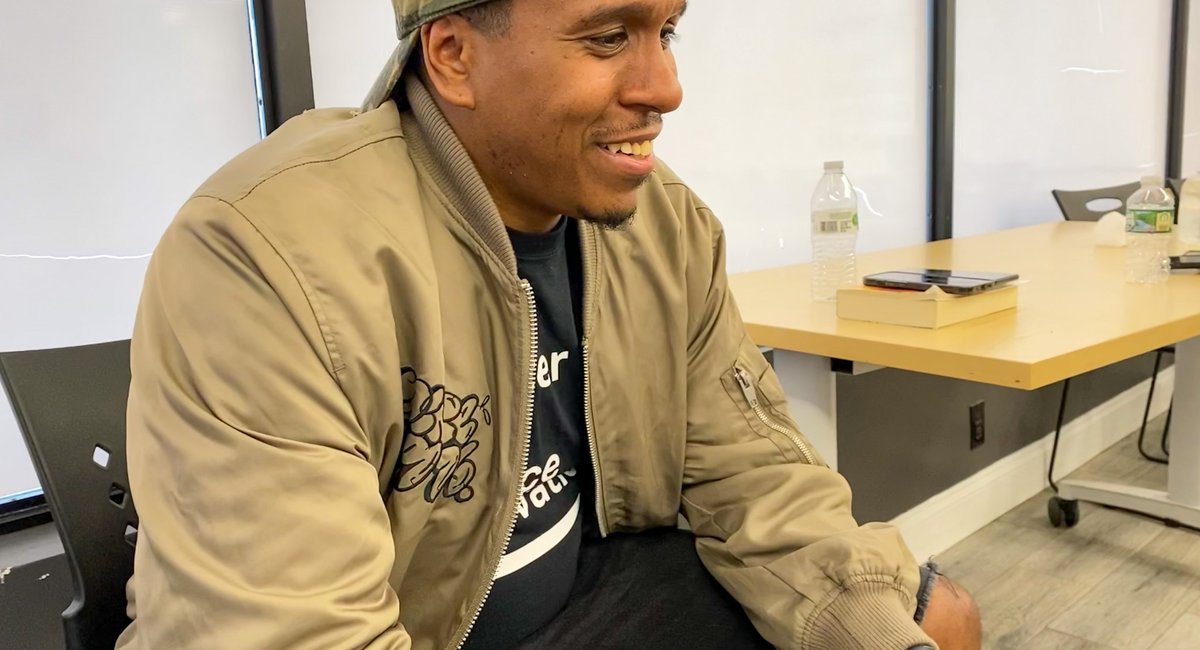This story was reported with The Trace, a nonprofit newsroom that covers guns in America.
Each meeting begins with participants sharing the highs and lows of their week: pictures of a sonogram for a coming baby, a recent trip down south to visit family, flaring allergies, too many or too few hours at work. The healing circle, as it’s called, is an opportunity to discuss troubles, blow off steam and think about better ways to respond to conflict or stress without turning to violence.
“Let’s think about the future,” the circle’s facilitator, Javon Lomax, told a group of a dozen teenagers sitting in a nondescript second-floor office in Brownsville one night in April. Each of the guys has a history of involvement in gun violence and domestic violence, either as a witness, a victim, a perpetrator or — sometimes — all three.
The violence intervention and prevention organizations We Build The Block and Brownsville In Violence Out have organized the circle as part of a pilot program called Heal the Ville. The hope is that it will reduce violence between intimate partners, and in doing so, will prevent violence in the streets, too. It’s among the first community-based programs to view the two traditionally siloed forms of violence — community violence and domestic violence — as explicitly interconnected and to take a combined approach to preventing both.
As the discussion progressed, Lomax presented a hypothetical to the circle. What if another man hit on your little sister? “She’s 15. He’s 40,” Lomax added.
One of the younger guys in the group responded quickly: “Anybody disrespects my little sister, they’re gonna die.” Lomax and some of the other guys pushed back. While the impulse to resort to violence was extreme, it was exactly what the organizers brought the guys together to discuss — openly, honestly and without restraint so that once talking, they could help participants figure out a way to dial back the intensity.
“What if we actually…
Read the full article here

Leave a Reply